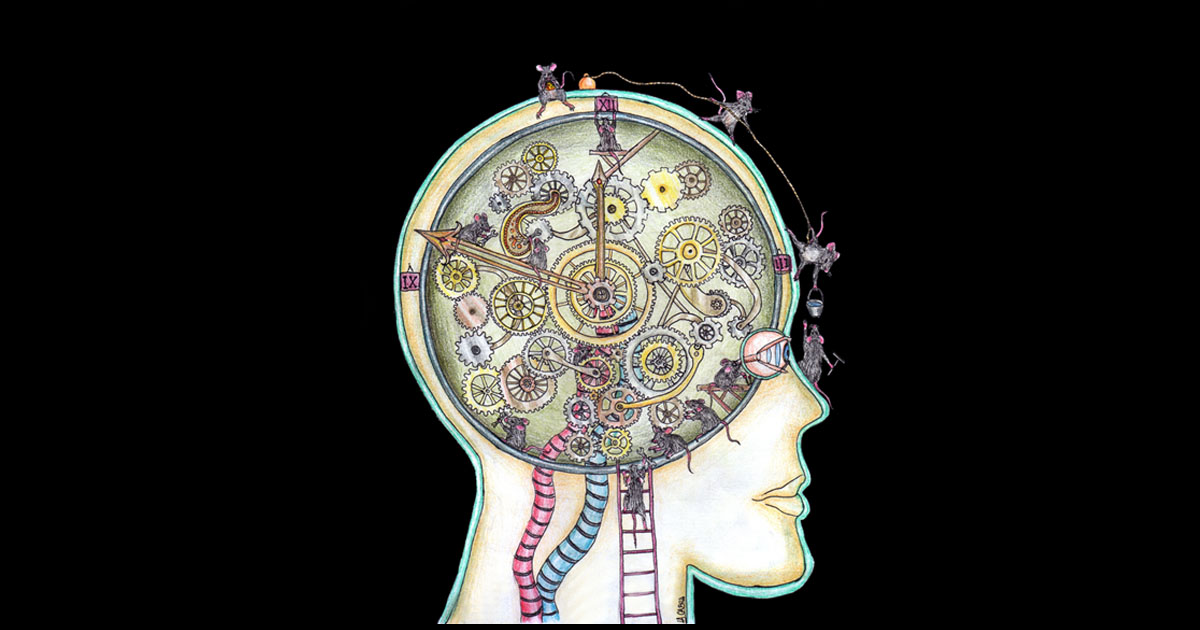Metabolic Oscillations Controlled by the Biological Clock
A special issue of International Journal of Molecular Sciences (ISSN 1422-0067). This special issue belongs to the section "Molecular Endocrinology and Metabolism".
Deadline for manuscript submissions: closed (20 February 2025) | Viewed by 24702

Special Issue Editor
Interests: circadian rhythms; lipid metabolism; melatonin pathway; glial cells; retina; nerve
Special Issues, Collections and Topics in MDPI journals
Special Issue Information
Dear Colleagues,
Biological clocks present in organs, tissues and even in individual cells and distributed all through different life domains, temporally regulate and organize crucial physiological and behavioral rhythms in a tight adaptation to environmental changes occurring over the light/dark cycles of a 24 h day/night extension or through seasonal variations. Rhythms may display periods in the circadian range, or even with shorter (ultradian) or longer (infradian) scales. It is known now that at the cellular level, the biological clock is composed of the canonical molecular clock driving the 24 h cycles of transcription–translation-based feedback loops and a metabolic oscillator also named cytooscillator, commanding daily variations at the level of cellular redox state (reactive oxygen species and peroxiredoxins), glycerolipid enzyme expression and metabolism and other parameters. Some of these metabolic oscillations still persist in the absence of transcription; they can be observed in normal cells and tissues and even in tumor cells after synchronization by extracellular signals involving light for retinal cells, nutrients in liver cells or synthetic glucocorticoids and serum in immortalized cell lines. Nevertheless, there is a very close cross-talk between the molecular clock and the metabolic oscillator in a cell, tissue or the whole organism which is perfectly visualized when the circadian timing system is disturbed as a consequence of modern life (continuous artificial illumination, nocturnal shift work, jet lag, hyper caloric diets, sedentary life, etc.). In fact, the circadian clock misalignment or disruption exerts severe effects on physiology and metabolism, causing a number of metabolic disorders such as type 2-diabetes, obesity, high blood pressure, hyperglycemia, hyperlipidemia, and others grouped as “the metabolic syndrome”, in addition to a higher risk of some cancer types. On the contrary, when the circadian clock is correctly aligned and synchronized, working in a tight harmony with the external environment or even under a restricted time and caloric feeding schedules, life span is prolonged and metabolic disorders and pathologies may decrease.
This special issue is addressed in the chronobiological field at elucidating the state of art regarding a recently characterized feature of the cellular clock related to the metabolic oscillator and its regulation by the circadian clock, as well as the interaction between both of these clocks, that in a cell may work together, or can be independently regulated in health or disease.
Original research and review articles are welcome to this special issue to shed light on novel observations regarding metabolic oscillations controlled by the biological clock that may impact on physiology, behavior and aging in health or even in disease progression, drug susceptibility and chronochemotherapy.
Prof. Dr. Mario E. Guido
Guest Editor
Manuscript Submission Information
Manuscripts should be submitted online at www.mdpi.com by registering and logging in to this website. Once you are registered, click here to go to the submission form. Manuscripts can be submitted until the deadline. All submissions that pass pre-check are peer-reviewed. Accepted papers will be published continuously in the journal (as soon as accepted) and will be listed together on the special issue website. Research articles, review articles as well as short communications are invited. For planned papers, a title and short abstract (about 250 words) can be sent to the Editorial Office for assessment.
Submitted manuscripts should not have been published previously, nor be under consideration for publication elsewhere (except conference proceedings papers). All manuscripts are thoroughly refereed through a single-blind peer-review process. A guide for authors and other relevant information for submission of manuscripts is available on the Instructions for Authors page. International Journal of Molecular Sciences is an international peer-reviewed open access semimonthly journal published by MDPI.
Please visit the Instructions for Authors page before submitting a manuscript. There is an Article Processing Charge (APC) for publication in this open access journal. For details about the APC please see here. Submitted papers should be well formatted and use good English. Authors may use MDPI's English editing service prior to publication or during author revisions.
Benefits of Publishing in a Special Issue
- Ease of navigation: Grouping papers by topic helps scholars navigate broad scope journals more efficiently.
- Greater discoverability: Special Issues support the reach and impact of scientific research. Articles in Special Issues are more discoverable and cited more frequently.
- Expansion of research network: Special Issues facilitate connections among authors, fostering scientific collaborations.
- External promotion: Articles in Special Issues are often promoted through the journal's social media, increasing their visibility.
- Reprint: MDPI Books provides the opportunity to republish successful Special Issues in book format, both online and in print.
Further information on MDPI's Special Issue policies can be found here.






